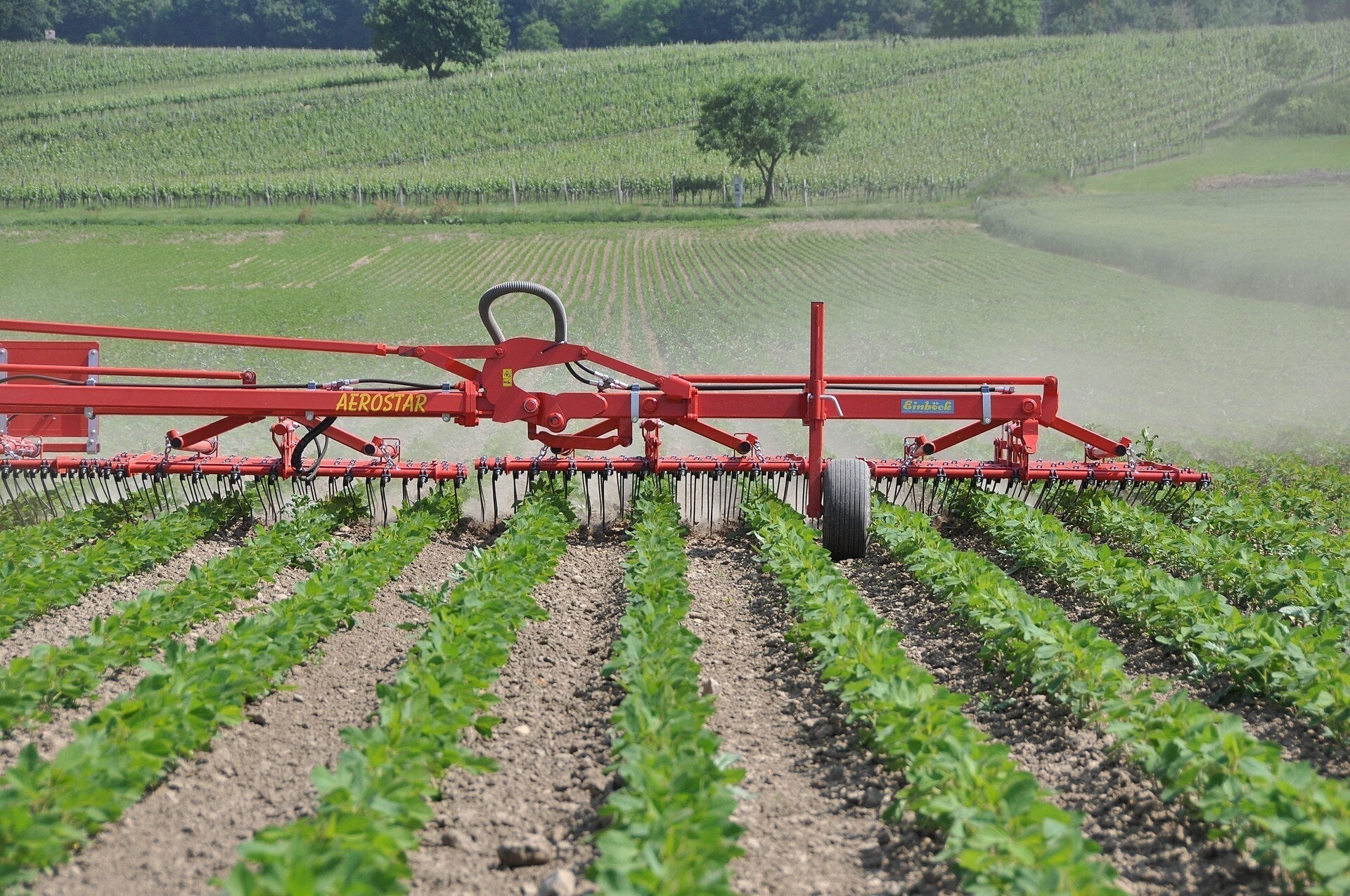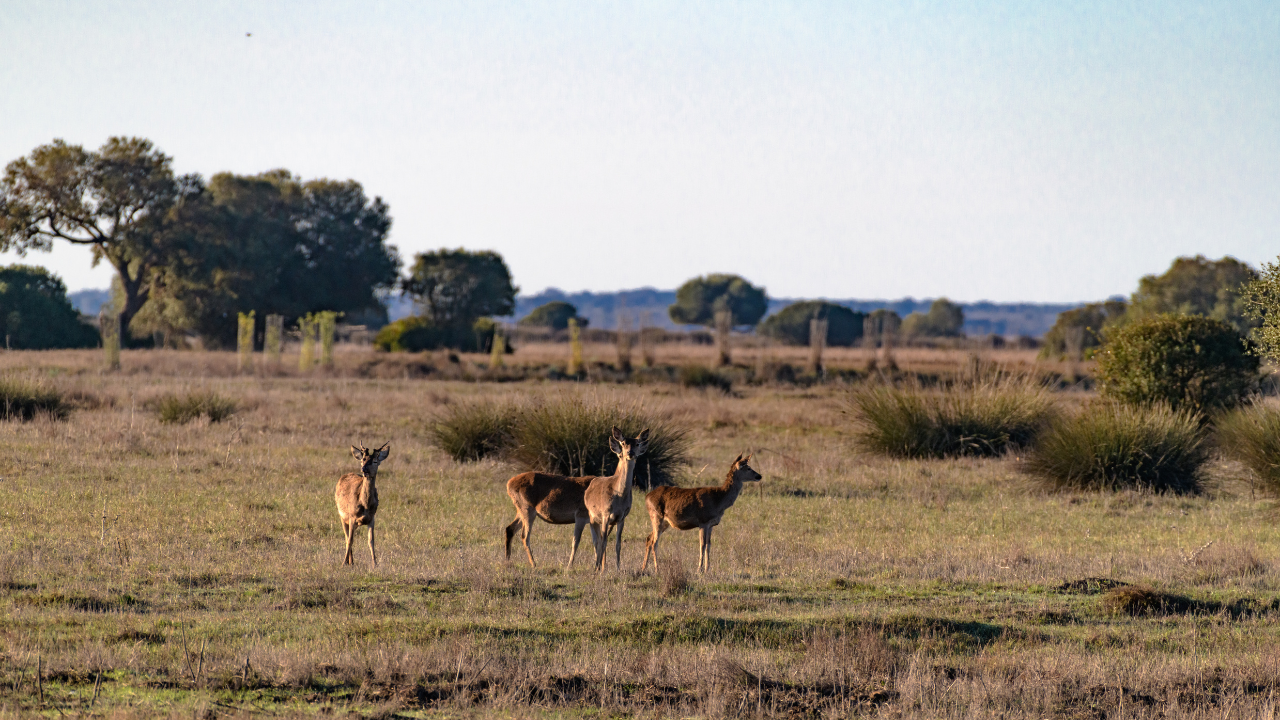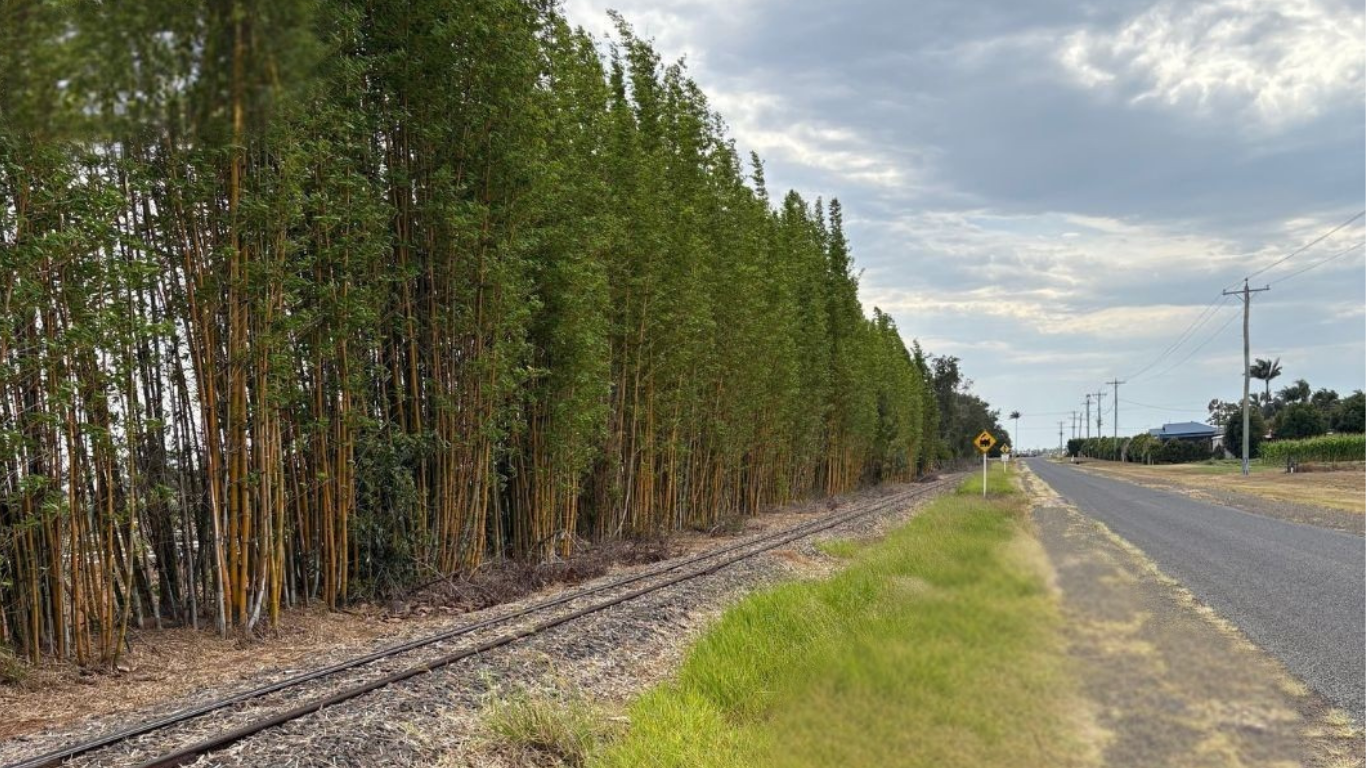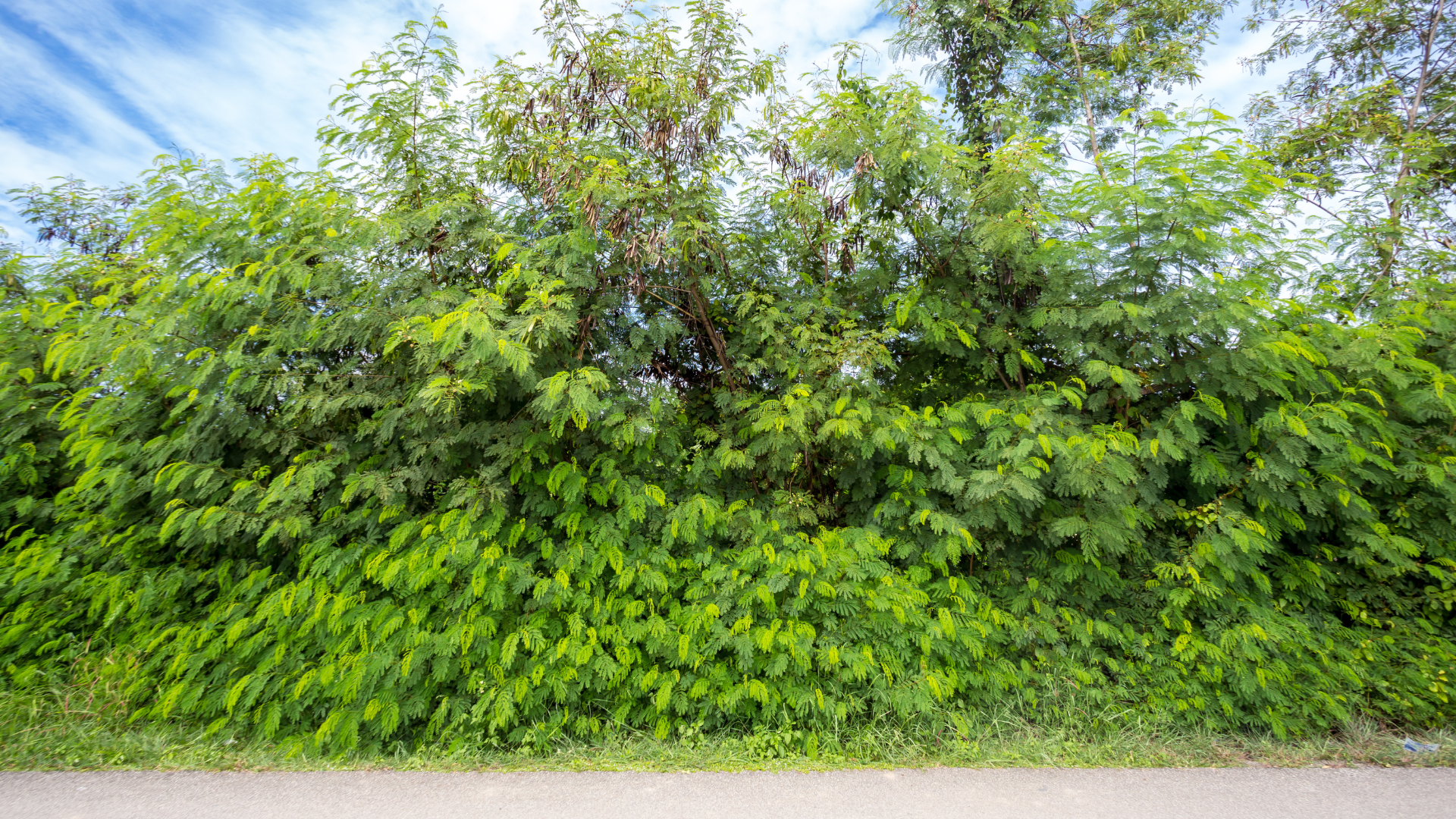
Integrated Weed Management: A Holistic Approach to Weed Control
Integrated Weed Management in Australia: A Holistic Approach to Weed Control
Weeds are a persistent challenge in Australia, affecting various sectors, including agriculture, natural ecosystems, and infrastructure development. Integrated Weed Management (IWM) is a comprehensive and sustainable approach that combines various strategies to control weeds effectively while minimising environmental impact.
In this article, we'll explore integrated weed management in Australia, its significance, the types of assets involved, and the processes that integrate mechanical intervention with the use of herbicides to regulate weed growth.

Understanding Integrated Weed Management
Integrated Weed Management (IWM) is a holistic and strategic approach to weed control that integrates multiple methods and practices. The primary objective is to reduce weed infestations, improve agricultural yields, and protect natural ecosystems while minimising the reliance on chemical herbicides.
Types of Assets Worked On
-
Agricultural Lands:
IWM is essential in agriculture to ensure the health and productivity of crops. Farmers employ various strategies to control weeds and reduce competition for resources like water, nutrients, and sunlight.
-
Natural Ecosystems:
Conservation efforts often involve IWM to protect native flora and fauna from invasive weeds. This includes practices such as revegetation, controlled burns, biological control and targeted herbicide applications.
-
Infrastructure Development:
IWM plays a critical role in infrastructure development, including road maintenance and utility corridors. Controlling vegetation along these assets ensures safety, visibility, and reduces fire hazards.

The Processes of Integrated Weed Management
Integrated Weed Management in Australia encompasses a range of processes to effectively control weed populations:
-
Assessment and Planning:
The process begins with a thorough assessment of the site and its specific weed issues. This step identifies target weeds, assesses risks, and formulates a comprehensive weed management plan.
-
Mechanical Intervention:
Mechanical methods such as mowing, slashing, mulching, and controlled burning are employed to reduce weed growth and infestations. These practices physically remove or damage weeds.
-
Herbicide Application:
Targeted herbicide application is a key component of IWM. Herbicides are selected based on the type of weeds present and their susceptibility to specific chemicals. Herbicides are used judiciously, following label instructions and environmental regulations.
-
Biological Control:
In some cases, introducing natural predators or herbivores that feed on specific weed species can be an effective way to control infestations.
-
Cultural Practices:
Crop rotation, planting cover crops, and adjusting planting dates are cultural practices that disrupt weed growth cycles and reduce weed pressure.
-
Monitoring and Adaptation:
IWM is an ongoing process. Regular monitoring ensures the effectiveness of control measures. Adjustments are made based on changing weed populations and environmental conditions.

Environmental Considerations:
To minimise environmental impact, IWM practices prioritise protecting non-target species, preserving water quality, and promoting sustainable land management.
Integrated Weed Management in Australia is a vital strategy for addressing the persistent challenge of weed infestations across various sectors. By combining mechanical intervention with targeted herbicide application and other integrated practices, IWM ensures effective weed control while minimising the reliance on chemical herbicides. This integrated approach supports agriculture, conserves natural ecosystems, and maintains the safety and integrity of critical infrastructure. As Australia continues to face weed management challenges, IWM remains a powerful tool for balancing effective weed control with environmental responsibility.

Additional content
VIEW GWS' ADDITIONAL CONTENT TO LEARN MORE ABOUT THE WEED INDUSTRY

Australia’s approach to wildlife and pest management is increasingly complex. What was once framed as a largely technical or ecological challenge now sits firmly at the intersection of environmenta...
Read more
Smarter growth management with Padre 270 for linear infrastructure and managed vegetation zones
As Australia’s linear-infrastructure networks expand, there is increasing need for low-impact, reliable and cost-effective vegetation management strategies. Padre 270 provides a practical, research...
Read more
Leucaena leucocephala: Weed Hygiene Case Study
Australia’s transport corridors are not just conduits for commerce—they are vectors for biological change. Leucaena leucocephala, valued as a forage crop, also threatens to invade new environments ...
Read more
